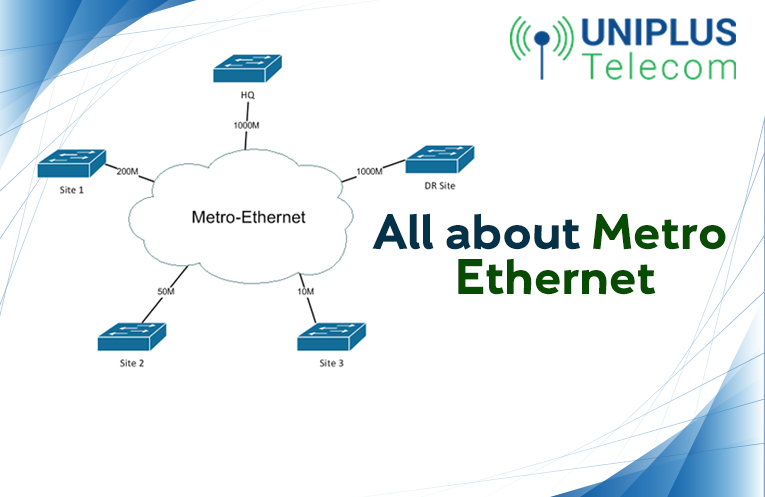In the modern world, the internet is used for a variety of purposes. Its use has transcended the borders of individuals to businesses. From sending or receiving different kinds of communication to searching for information or keeping abreast with the latest updates around the world, the internet has become a vital element of human life. Its importance can be gauged from the fact that it is virtually impossible to live without the internet at the present time. Interestingly, nowadays information travels between two sources at a lightning speed on a real-time basis. This has been possible due to the evolution of technology over the last few decades. Metro Ethernet is one such technology. What does Metro Ethernet Involve? A mere look at the name of the technology tells the whole story about it. Going by its name, it is a technology which is tailored for use in metropolitan cities. In the professional world, it is oftentimes referred to as the Metropolitan Area Network (MAN). It not only shares its resemblance with the technological standards of the conventional Ethernet but also binds various business operations together over a network. That is to say, business operations use it extensively in a network to link the other offices to one another. Metro Ethernet is a carrier technology and it allows the users of a Metropolitan area to experience the internet either through traditional or business fibre broadband. It involves routers, Layer 2 & Layer 3 switches, optical fibre or cables and technologies and networks pertaining to transport and distribution. Numerous transport technologies and distribution networks play a prominent role in the effective use and deployment of Metro Ethernet. These include the following:
- Digital Subscriber Lines (DSL) for aggregation
- MPLS for transport
- Wireless base stations for easier access
- IP-MPLS to enhance the functioning of the main network
- High-cost effectiveness
- Easy installation
- Ability to provide access to various devices within a specified area



